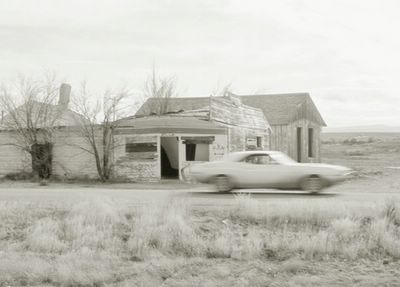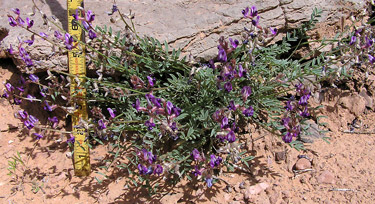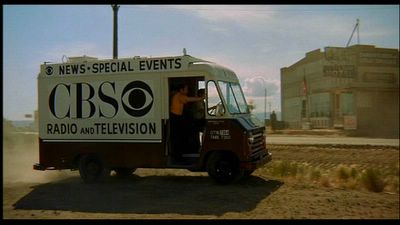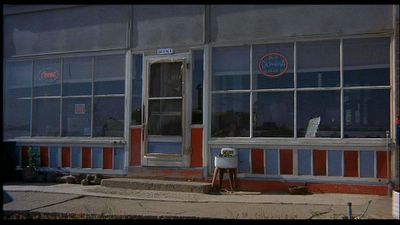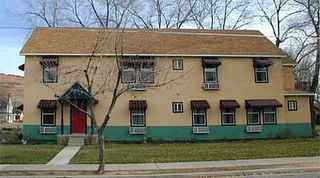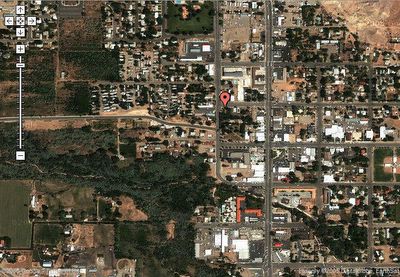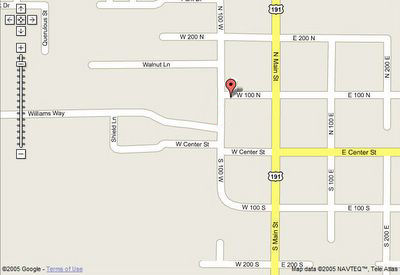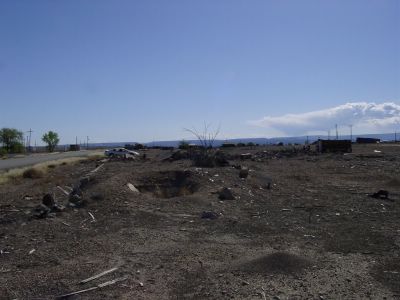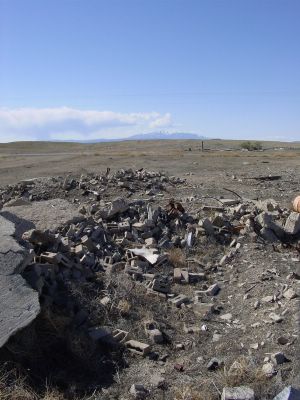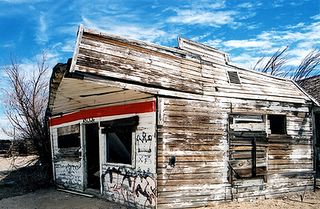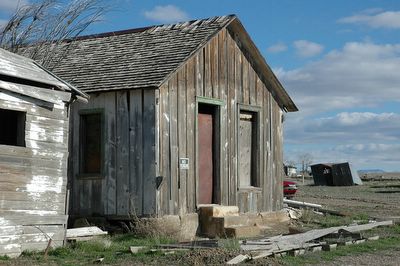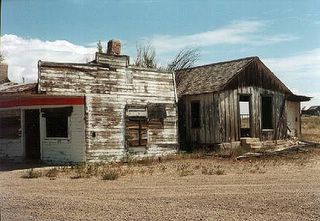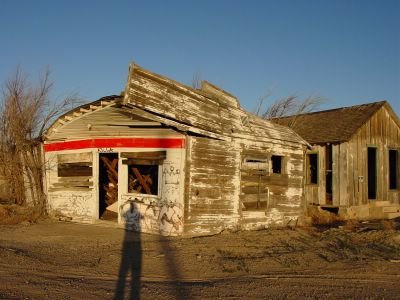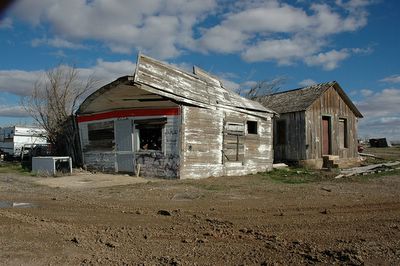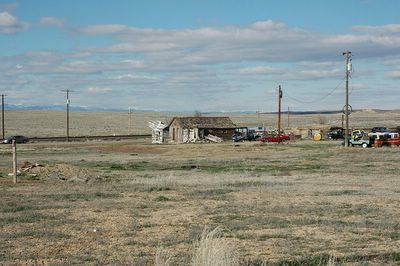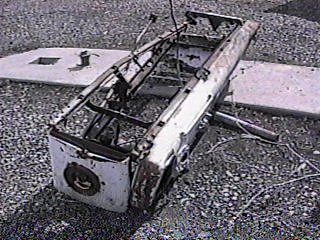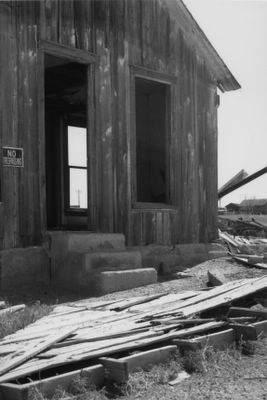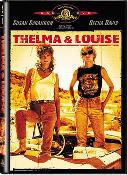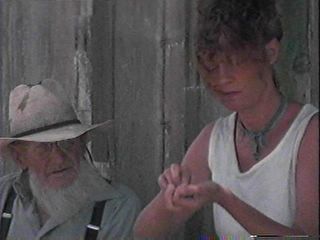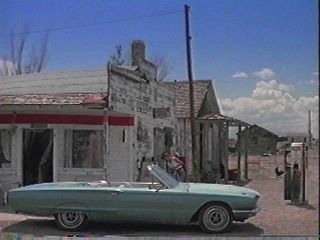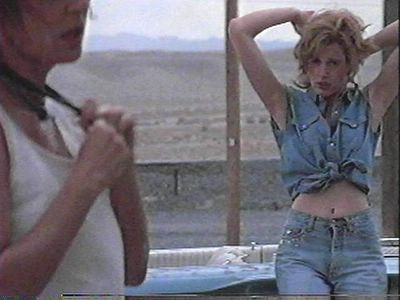
Charles A. Steen, "Uranium King"Charles A. Steen (b. 1919), was a student of geology who made a fortune after discovering a rich uranium deposit in Utah, sparking the "Uranium Rush" of the early 1950s.
Steen was born in Caddo, Texas and attended high school in Houston. He went on to study at John Tarleton Agricultural College in Stepenville and in 1940 transferred to the Texas College of Mines and Metallurgy at El Paso, receiving a B.A. degree in geology in 1943.
Ineligible for the draft because of his poor eyesight, Steen spent World War II working as a geologist in Bolivia and Peru. Returning to Texas in 1945, he married Minnie Lee ("M.L.") Holland. He started graduate school at the University of Chicago but after a year returned to Houston to take a job doing field work for the Standard Oil Company of Indiana. However, within two years he had been fired for insubordination and had trouble getting any jobs as a geologist anywhere in the oil industry.
Down on his luck, Steen read an article in the December 1949 issue of The Engineering and Mining Journal which discussed how the United States federal government had issued incentives for prospectors to locate domestic supplies of uranium. As part of the Atomic Energy Act of 1946, the Atomic Energy Commission had the authority to withdraw lands from the private sector in order to examine them as possible sites for uranium mining. During World War II, the Manhattan Project had received most of its uranium from foreign sources in Canada and the Belgian Congo. However, it had also received some from vanadium miners in the American Southwest, where uranium was often a by-product of mining (uranium was not, before the first use of the atomic bomb, seen as a terribly valuable metal). As the Soviet Union was reportedly seizing uranium mines in Czechoslovakia and East Germany at the beginning of the Cold War, and running them with slave labor consisting of political prisoners, there was an anxiety throughout the federal government that the United States would not have enough uranium for its budding nuclear weapons program. A domestic supply of uranium would enable the government to maintain a nuclear self-sufficiency, with control of all aspects of the nuclear fuel cycle.
As part of this, in the late 1940s and early 1950s the Atomic Energy Commission also established itself as the only legal buyer of uranium in the U.S., and artificially manipulated prices to reflect their current uranium needs. By raising the price of uranium to far above almost any other metal, they created a massive incentive for amateur and professional prospectors in the Four Corners region to make large amounts of money off of new claims.
Despite the fact that his three sons were all less than four-years-old, and his wife was expecting a fourth child, Steen borrowed $1,000 from his mother and headed for the Colorado Plateau, determined to strike it rich.
Steen could not afford the standard equipment used by uranium prospectors - the Geiger counter, which could detect sources of radiation in ore. Instead, he used a secondhand diamond drill rig and his geologic training for his prospecting. At the time, each individual prospector had his own idiosyncratic theory on where to find uranium. The uranium industry was composed primarily of individual prospectors and geologists who would attempt to find a large claim and either mine it for themselves or mine it for a large company (such as Union Carbide) who would then transport the ore from the mine to the uranium mill where it could be converted into yellowcake. Steen's theory on uranium deposits was that they would collect in anticlinal structures in the same manner as would oil, which others on the Plateau dismissed as "Steen's Folly."
After Steen's fourth child was born, his family moved into a small trailer at Dove Creek, Colorado, and then later into a tarpaper shack near Cisco, Utah. Steen fed his family on poached venison and cereal, in a highly marginalized state of existence, for two years. But on July 6, 1952, Steen hit it big, finding a massive, relatively highly-enriched uranium deposit in the Big Indian Wash of Lisbon Valley, southeast of Moab, Utah. He named it the "Mi Vida" mine (My Life), and it was the first big strike of the uranium boom. Steen made millions off his claims, and provoked a "Uranium Rush" of prospectors into the Four Corners region, similar to the Gold Rush of the 1850s in California.
In Moab, Steen built a $250,000 hilltop mansion to replace his tarpaper shack, with a swimming pool, greenhouse, and servants' quarters. He formed a number of companies to continue his uranium work, including the Utex Exploration Company, the Moab Drilling Company, the Mi Vida Company, Big Indian Mines, Inc., and later the Uranium Reduction Company. He made his money well known, inviting the entire population of Moab to annual parties in a local airpor hangar, having his original worn prospecting boots bronzed, and flying to Salt Lake City in his private plane for weekly rhumba lessons. He donated $50,000 towards a new hospital in Moab and gave land for churches and schools.
Steen was elected to the Utah State Senate in 1958, but quickly became disillusioned with politics. He resigned from office in 1961 and moved to a ranch near Reno, Nevada, building a 27,000 square foot (2,500 m²) mansion near the residence of the Comstock millionair miner, Sandy Bowers. He sold the Utex Exploration Company and the Uranium Reduction Company in 1962. By the late 1950s, the U.S. government had enough uranium for its needs and had stopped supporting high prices of the ore, killing the market by 1960. Steen attempted to diversify his interests by investing in Arabian horse breeding, a marble quarry, an airplane factory, a pickle plant, and real estate. He met with financial losses and misfortune. In 1968 he declared bancruptcy after the Internal Revenue Service seized his assets to pay for back taxes. In 1971 he suffered a severe head injury working on a copper prospect.
Currently suffering from Alzheimer's, Steen now lives in Longmont, Colorado. His wife died in 1997.





